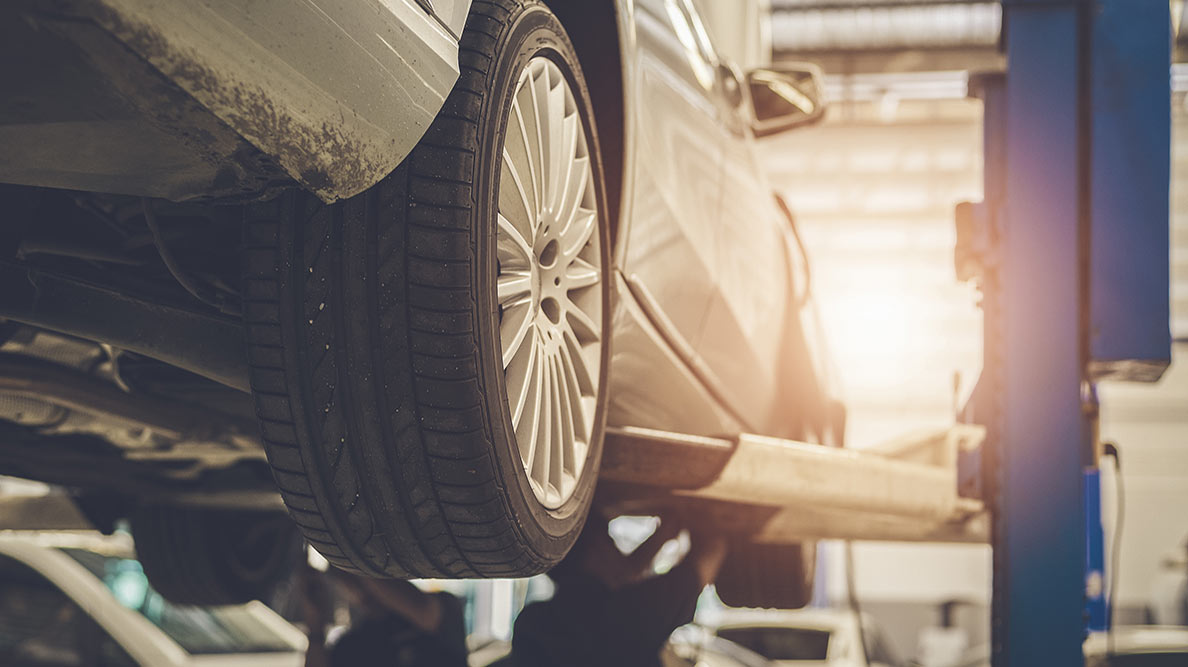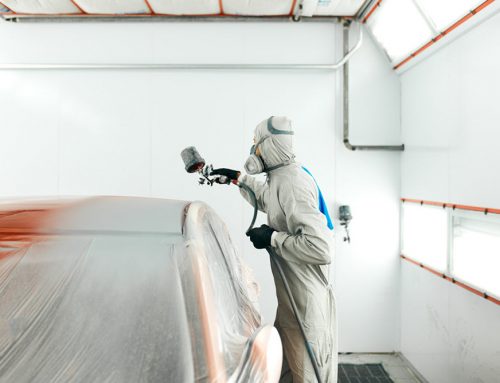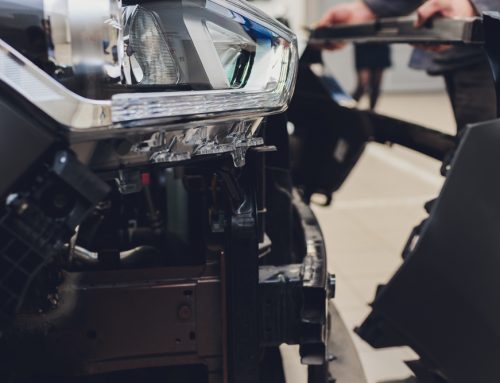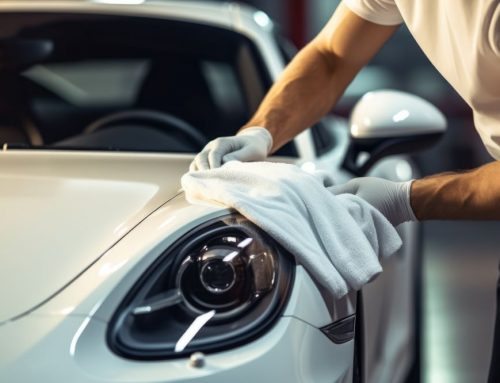It may seem contradictory to think about sales if customers are not showing up. Generally, entrepreneurs would first want to reduce their costs, which is not a bad reflex. However, we often forget to ask ourselves: how can I do better with the clients at hand?
Here’s a tip: focus on your margins.
With ProgiElite, our ProgiPlanning super users, we learn a special skill for shops: up-selling. How can you get a higher sales volume with the current work in the shop in order to increase your margins? Controlling your margins is essential to controlling your cashflow (having liquid assets) to be able to pay fixed costs and remain somewhat financially healthy.
COVID or not, developing this aspect in your shop will be useful for the rest of your collision shop entrepreneur life.
Question: Who represents your shop’s sales department?
Answer: The appraiser.
Of course, small workshops often have no choice. The burden of parts supply and appraisal/sales rests on the shoulders of one person. But once you’ve reached a certain size*, do yourself a favour and hire a parts clerk (full-time or part-time) and relieve your appraisers of this responsibility.
* We recommended that you consider this possibility when your sales reach about two million. Depending on your level of organization, you can make this decision a little before or after reaching that milestone. However, keep in mind that an appraiser who handles over two million a year in sales, while also dealing with ordering parts, will be overloaded and less efficient in estimating or ordering parts. This will create more supplements and slow down your production flow.
Question: How much time do shops with the best margins spend on each file?
Answer: 1 hour 15 minutes.
That’s right, they do 360 estimates (or Blueprint), where they dismantle the vehicle and carefully analyze all the work needed on it. First benefit: they have very few supplements and related work interruptions. They provide their parts clerk with a clear idea of what needs to be ordered. Second benefit: they use software such as Alldata or Ticket Advisor and learn all the OEM procedures needed to repair an appraised vehicle. They also look for all the little extras that are so important for your pockets.
Example 1—Changing a roof cap on a Hyundai Elantra.
- Uninstall and install front and rear windshields and wait 4 hours.
- Water infiltration test: 1 hour.
Example 2—Changing a rear bumper on a Mazda 3 with a blind spot detector.
- Calibration: 1 hour.
You not only put more money in your pockets, you also protect clients, reduce your warranty returns and provide an A+ service for your insurer.
Expert tip: Don’t neglect your subcontracted work. Especially when you offer the service onsite. Let’s take glass, for example. At Progi, we estimate that one out of ten body repair cases would require a glass repair or replacement. The reality reflects less than that. These are literally lost sales for collision shops. Pierre Lévesque, from VitreXpert often says: “If glass was coloured instead of transparent, shops would be a lot more vigilant in spotting cracks”.
One last expert tip: Using strategy when ordering parts can help your cashflow. You can do this by using the right tools, such as ProgiPlanning and ProgiParts. If you help the person in charge of parts by providing them with a tool such as ProgiParts, your parts flow will be in sync with your production flow.
In order to have a perfect production flow, capacity must be controlled to perfection. With ProgiPlanning, you give yourself this possibility. Moreover, in these times of pandemic, you may be wondering: how many technicians should I have on the floor considering the available work volume? ProgiPlanning and our team can help you answer this.
Feel free to contact us to learn how the team at Progi can help you with your shop management.
Redaction: Alexandre Rocheleau
Collaboration: Charles Aubry
Revision: Sophie Larocque
Editing: Émilie Blanchette





